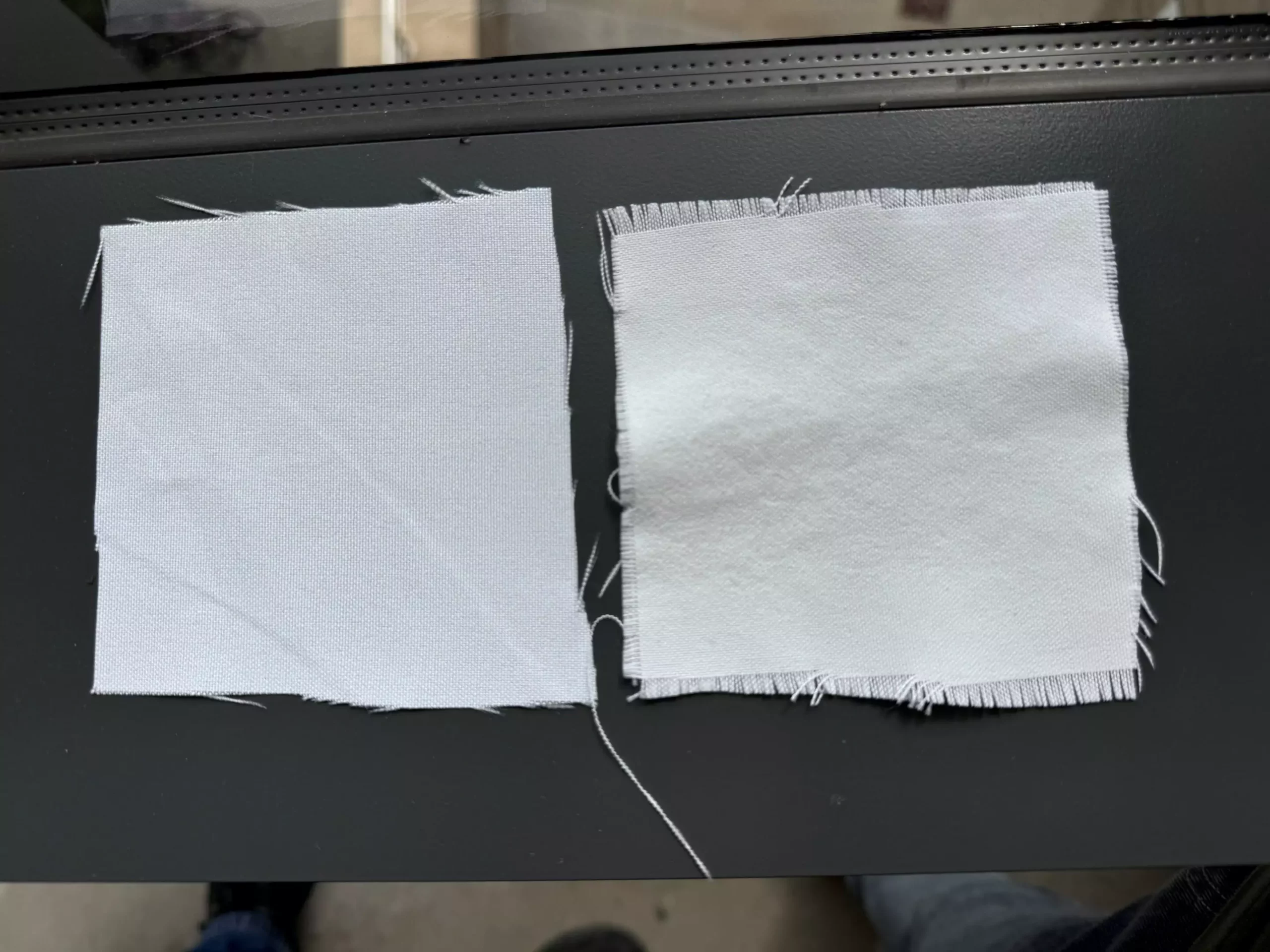As the summer sun blazes, individuals who spend considerable time outdoors face the relentless challenge of staying cool. Athletes, children at the beach, landscapers, and park-goers are all too familiar with the discomfort that accompanies high temperatures. Traditional methods of combating heat often involve wearing lighter fabrics or utilizing parasols, but a breakthrough in fabric technology promises a more innovative solution. Recent research highlighted at the American Chemical Society Fall 2024 meeting introduces a chalk-based coating that has the potential to lower air temperatures beneath treated fabrics by up to 8 degrees Fahrenheit, making a significant impact on outdoor comfort.
Understanding the dynamics of heat management is crucial in today’s world, where extreme temperatures are becoming more frequent due to climate change. When exposed to direct sunlight, clothing absorbs ultraviolet (UV) and near-infrared (near-IR) light, leading to increased heat retention. Trisha L. Andrew, a chemist at the University of Massachusetts Amherst, points out that as the human body constantly generates heat, traditional fabric technologies often exacerbate the problem rather than mitigate it. To combat this, researchers have sought to create fabrics that can simultaneously reflect sunlight and dissipate body heat—a concept known as radiative cooling.
Historically, most cooling fabrics owe their effectiveness to complex synthetic materials like titanium dioxide or various polymers laden with harmful chemicals, often criticized for their environmental impact. The challenge lies not just in the design but in scaling these materials for commercial production while ensuring sustainability.
In light of the drawbacks associated with synthetic materials, Andrew posed a critical question to her team: “Can we develop a textile coating that does the same thing using natural or environmentally benign materials?” This inquiry set the stage for exploring the application of natural substances, leading to their innovative approach using calcium carbonate—found in limestone and chalk—as the core of their cooling fabric technology.
Previous work done by Andrew’s team involved a method called chemical vapor deposition (CVD), which allows for the integration of polymer coatings onto textiles with fewer environmental repercussions than traditional production methods. By taking inspiration from the ancient methods of using chalk plasters in hot climates, the team embarked on a mission to enrich this polymer with minerals that can effectively reflect heat.
The researchers applied a 5-micrometer-thick layer of poly(2-hydroxyethyl acrylate) to fabric squares. They then subjected these samples to solutions containing calcium or barium ions and carbonate or sulfate ions, allowing the materials to build up through repeated dips. This iterative process resulted in a chalky finish that demonstrated effective light-reflective properties. As the team meticulously adjusted the number of dipping cycles, they optimized particle sizes for ideal light reflection across the UV and near-IR spectrum.
Field tests under direct sunlight revealed amazing results; treated fabrics maintained air temperatures beneath them that were significantly cooler compared to untreated counterparts—up to 15 degrees Fahrenheit more, according to their findings. Such temperature control could dramatically enhance comfort and mitigate the risks associated with heat exposure, especially for those working or exerting themselves outdoors.
Patamia and team members like Megan K. Yee are not just focused on theoretical developments; they are actively working toward practical applications. Yee conducted durability tests to ensure that the mineral-polymer coating would withstand washing and daily wear, confirming that it maintained its cooling properties even after exposure to compounds typically found in laundry detergents.
The team’s next step involves scaling their production process for wider fabric applications. With aspirations of creating sizable bolts of treated fabric, Andrew envisions a future where this innovative cooling technology can be widely available. Their goal is to facilitate access to environmentally friendly cooling solutions for a global population increasingly at risk of heat-related illnesses.
As temperatures rise and outdoor activity increases, the implications of this research extend beyond personal comfort. High-risk populations—including laborers in agriculture and construction, as well as children playing outdoors—stand to benefit significantly from advancements in cooling fabric technology. By transforming conventional clothing into protective cooling gear, researchers aim to alleviate heat stress, ultimately contributing to improved health outcomes and enhanced productivity.
The development of chalk-based cooling fabrics represents a promising stride toward sustainable textile innovation. By harmonizing the principles of modern science and ancient wisdom, researchers are not just addressing the immediate discomfort of summer heat; they are paving the way for a cooler, more comfortable future for all individuals who spend time under the blazing sun.

